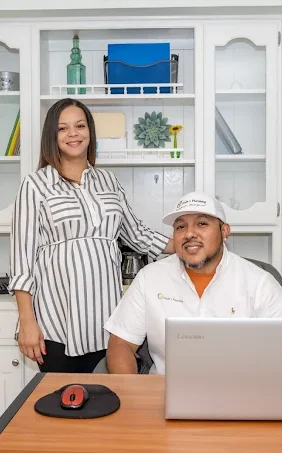Imagine the scene. You are ready to start your day, but your toilet is not. It is draining slow, and it is more than just a minor inconvenience. Slow flushing can lead to unpleasant odors, potential overflow, and may even signify more serious plumbing issues. Understanding the causes and potential solutions of a toilet draining…
READ MORE PLUMBING ARTICLES
By Made’s Plumbing
Ensuring Safe Water in Arlington, TX With Service Line Inspections
Headline stories like what happened in Flint, Michigan several years back have been a reminder…
Plumbing Myths in Arlington, TX: What Property Owners Should Know
Since the time we’re kids we hear all kids of plumbing myths. From the ridiculous,…
What to Do in a Plumbing Emergency: Tips for Arlington Residents
Experiencing a plumbing emergency in your Arlington, TX home is way more stressful than regularly…
Drop Us a Line!









